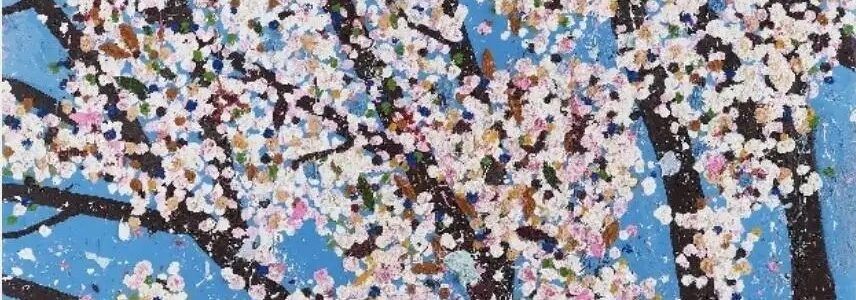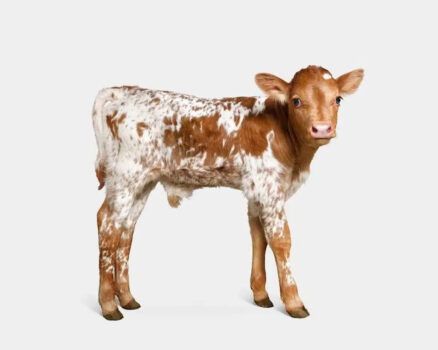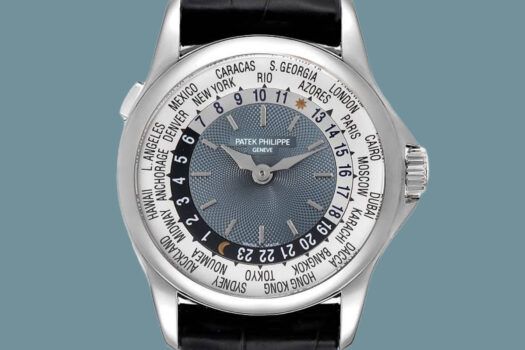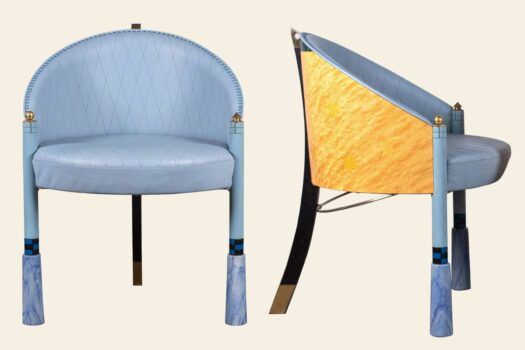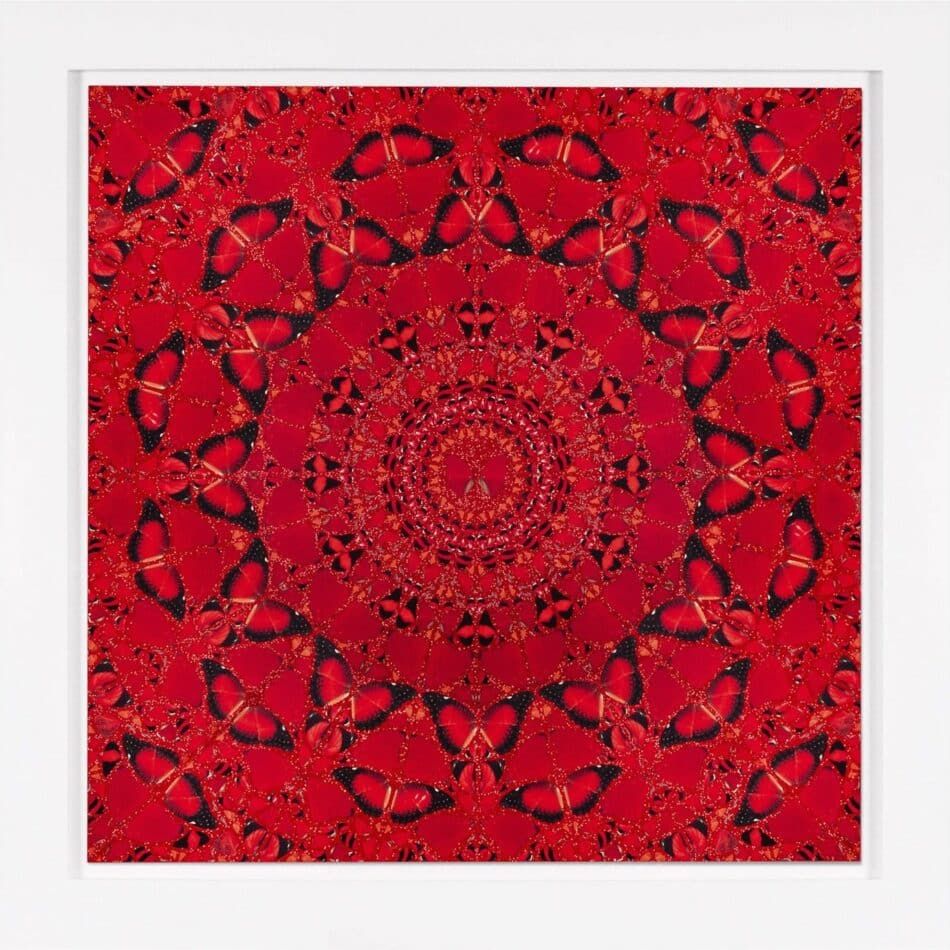
For Damien Hirst, butterflies are far more than an alluring recurring motif. They cut to the heart of his deepest existential questions. Decades ago, as a trailblazing young artist haunted by mortality and all it implies — life, death, desire, consumption, beauty and horror — Hirst went searching for an art form that could capture the fragility and fleetingness of existence. He landed on animals, and to the shock and amusement of many, he made them his medium, working with sharks, sheep, pigs, cows, fish and insects.
For his first solo gallery exhibition, in 1991, live butterflies were the short-lived stars, hatching from pupae that he had glued to white canvases. They fluttered through the space, fed on nectar, mated and eventually died. Hirst went on to incorporate the delicate winged creatures, both dead and alive, in a variety of other works, including arranged in paintings in captivating kaleidoscopic patterns.
“Hirst is a conceptual artist, but to him even conceptual art should be attractive and aesthetically appealing,” says James Englund, founder of Arton Contemporary, which has been offering the artist’s work for more than a decade. “So, everything he ever does, whether book publishing or painting or a print — or a cow or shark in formaldehyde — it’s always attractive looking.”
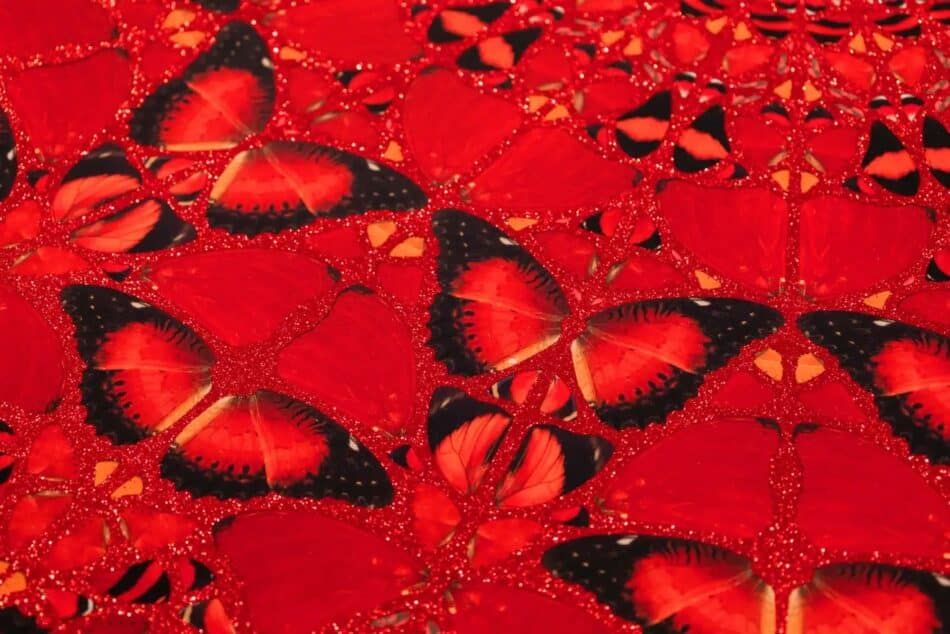
Hirst’s lush, blood-red series of giclée prints titled “The Empresses” is no exception. The series contains five different editions, each named for a historical female ruler, and each printed with a complex pattern of butterflies on aluminum accented with glitter.
This spectacularly kaleidoscopic piece, which Arton Contemporary is offering on 1stDibs Auctions, pays homage to Suiko (554–628), the first recorded empress of Japan, who is credited with bringing Chinese and Korean influences into her country. She’s also known for officially recognizing Buddhism, and the composition has a fitting mandala-like design that’s hard to take your eyes off of.
Thousands of butterflies seem mesmerized in unity as they encircle their commanding yet fragile leader at the center. “They feel like they are unlocking the unfathomable mysteries of the universe,” the artist said on Instagram last year after launching the editions.
In typical Hirst fashion, the composition is full of irresistible contradictions. The seemingly infinite nature of the pattern summons the eternal, while the diaphanous butterflies dissolve into a million fleeting components. Each black-tipped wing teeters between negative and positive space, making the picture pulse with life even as the butterflies are frozen in time. The aluminum ground yields tremendous detail and a luminous sheen, while the addition of glitter adds tactility, grittiness and density in addition to sparkle.
If, as the French poet Charles Baudelaire famously declared, the essence of modernity is encapsulated by “the ephemeral, the fugitive, the contingent,” then Hirst’s decades-long fixation on butterflies is utterly modern.
